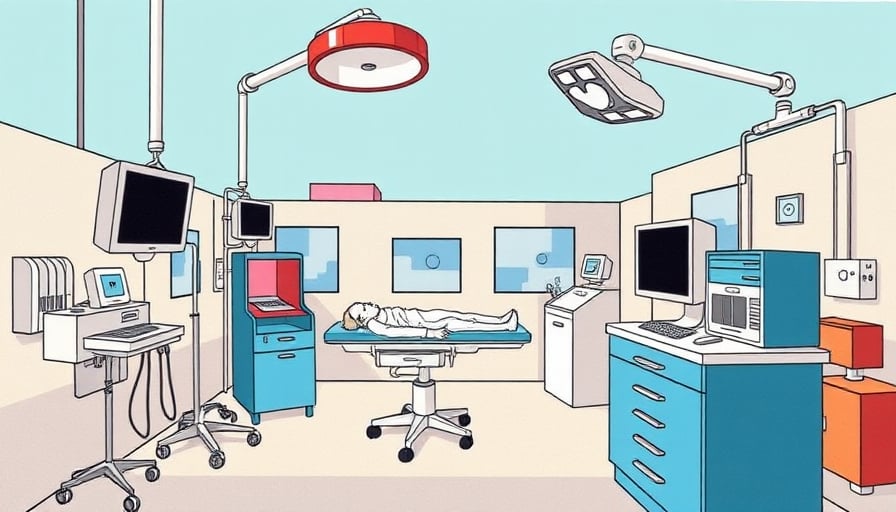Danaher Corporation Maintains Strong Position in Health‑Care Equipment and Supplies
Danaher Corporation (NYSE: D) continues to exhibit robust performance in the health‑care equipment and supplies sector, a key segment of the broader medical technology industry. Over the past year, the company’s share price has held a high‑volatility range that has remained well above the trough reached in April 2025 and has approached the peak observed earlier in 2024. This trajectory reflects the firm’s disciplined growth strategy and its resilience in a market that has experienced significant supply‑chain disruptions and regulatory shifts.
Market Valuation and Investor Perception
Analysts observe that an investment of ten years’ duration would have yielded a substantial appreciation in Danaher’s equity value. The company’s market capitalization, currently above $130 billion, underscores its status as a significant contributor to the health‑care market’s overall valuation. The firm’s earnings multiple, adjusted for its consistent profitability and recurring revenue streams, remains attractive relative to peers such as Medtronic, Abbott Laboratories, and Thermo Fisher Scientific.
Strategic Drivers of Performance
1. Diversified Portfolio
Danaher’s portfolio spans a wide array of sub‑segments—clinical diagnostics, imaging, endoscopy, and laboratory instrumentation. This diversification buffers the company against cyclical downturns in any single sub‑market, a key advantage in the volatile health‑care environment.
2. Operational Excellence
The organization’s “Danaher Business System” (DBS), a lean‑manufacturing and continuous‑improvement framework, has been a critical driver of cost efficiency and product innovation. By integrating cross‑functional teams and standardizing best practices, Danaher maintains a competitive edge in product development timelines and quality control.
3. M&A Acquisitions
A steady stream of strategic acquisitions has bolstered Danaher’s market reach and technological capabilities. Recent purchases in the microbiology diagnostics space have expanded the company’s footprint in outpatient testing, aligning with broader trends toward decentralized and point‑of‑care diagnostics.
Competitive Positioning
In comparison with peers, Danaher demonstrates a higher operating margin and a more favorable debt‑to‑equity ratio. Its emphasis on high‑margin specialty equipment, coupled with a robust R&D pipeline, positions the company favorably against manufacturers that rely heavily on consumables or lower‑margin products. Furthermore, the firm’s strong balance sheet allows continued investment in emerging technologies such as AI‑enabled imaging and digital pathology.
Macro‑Economic Context
The health‑care sector has benefited from demographic shifts—including aging populations—and increasing healthcare spending. In the United States, the 2023 inflationary environment has pressured suppliers, but Danaher’s diversified revenue streams and efficient cost structure have insulated it from the most severe impacts. Moreover, global supply‑chain improvements in the electronics and semiconductor sectors are expected to enhance production capacities for medical devices, indirectly supporting Danaher’s growth prospects.
Forward Outlook
While no recent earnings release has been highlighted, the company’s historical financial discipline suggests continued profitability. Investors should monitor the impact of:
- Regulatory Changes – Potential shifts in reimbursement policies and FDA approval timelines.
- Supply‑Chain Dynamics – Availability of critical components and materials.
- Innovation Pipeline – The commercial performance of new products slated for 2025.
In summary, Danaher Corporation remains a pivotal player in the health‑care equipment and supplies sector, backed by a diversified portfolio, operational excellence, and a resilient financial profile. Its sustained share‑price strength and market valuation reflect both internal strategic strengths and favorable macro‑economic forces that continue to shape the global health‑care landscape.




